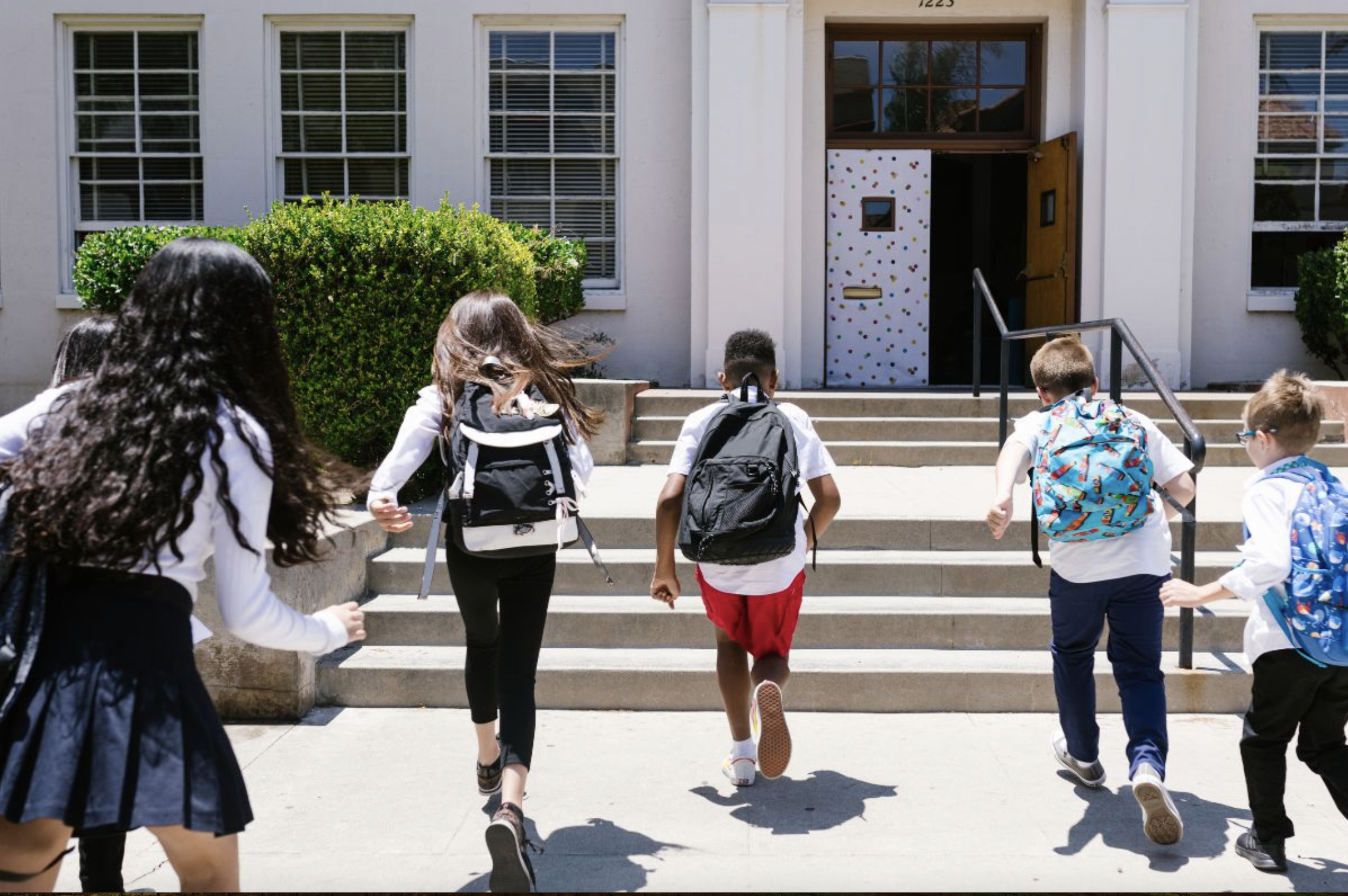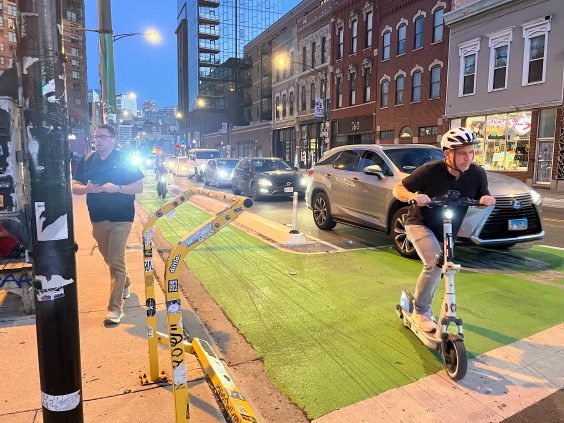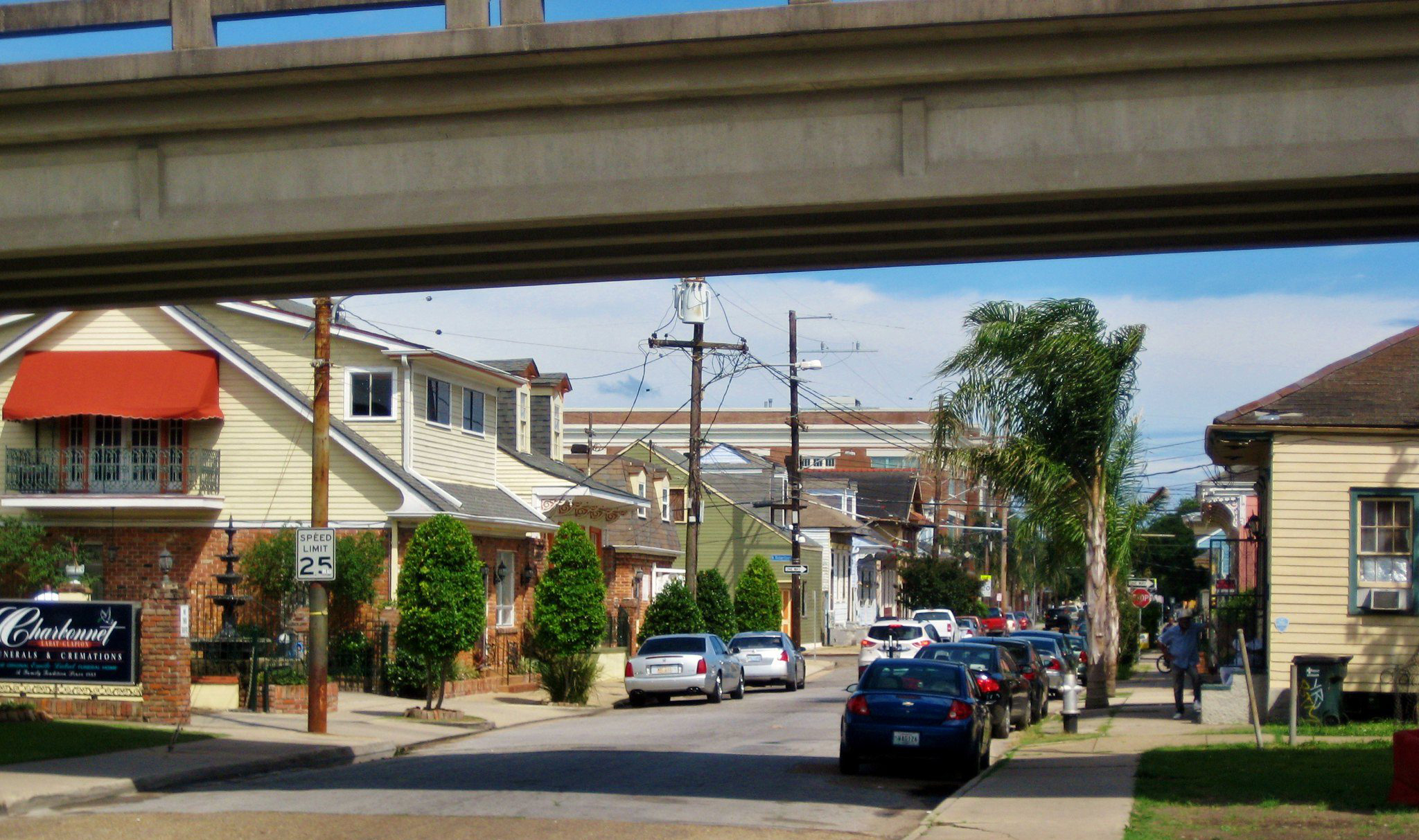- The Biden administration's proposed crackdown on tailpipe emissions would cut U.S. oil consumption by 17 billion barrels over the next 30 years (Bloomberg). But it wouldn't close the light truck loophole that grants more leeway to automakers who produce a lot of SUVs and pick-ups (Vox). Still, that explains why the oil and gas industry is lining up against it, and it's about to become Republicans' latest front in the culture wars (Politico).
- Red states like Ohio are considering raising speed limits on highways even as traffic deaths reach all-time highs. (Pew Stateline)
- The Congress for New Urbanism's annual Freeways Without Futures list — composed of examples from New York, Texas, Maryland, Wisconsin, Minnesota, California, Washington, Oklahoma and Ohio — is the first to coincide with an actual federal effort to tear down such urban freeways.
- Intercity bus lines are hoping to reverse their fortunes by becoming more like airlines, with reserved seating, baggage restrictions and cooperation on connections. It makes more sense when you read it. (Metro Mag)
- But as shown by New Orleans' Claiborne Expressway, such efforts are often more complicated than they seem. (City Lab)
- A San Diego NIMBY group is using environmental laws to challenge loosened regulations on density and parking. (CBS 8)
- Detroit's central business district is made up of 30 percent parking. (Axios)
- An Austin city council resolution would eliminate parking requirements at bars in an effort to discourage drunk driving. (KXAN)
- South Carolina, of all places, is leading the way in electrifying its school bus fleet. (Government Technology)
- A poll found overwhelming opposition to Omaha's proposed streetcar, but Mayor Jean Stothert called it a push poll that gave respondents false information before asking them to respond. (Nebraska Examiner)
- Tactical urbanists installed paint buckets on Indianapolis bike lanes to serve as bollards, but some motorists still drove in them anyway. (Fox 59)
- Here's how Turkish cities are expanding mobility opportunities for women, children and cyclists. (The City Fix)
- And here's what public squares in 14 cities looked like before and after they were reclaimed for people. (Domus)
Stay in touch
Sign up for our free newsletter
More from Streetsblog USA
The Real Reason America Can’t Have The Tiny Japanese-Style Cars Trump Says He Wants
Trump is right that kei cars are super-kawaii — but he's wrong that clearing the regulatory decks is enough to bring them to U.S. shores.
Tuesday’s Headlines Were So Much Older Then, We’re Younger Than That Now
Getting around without driving can be tough for anyone, but particularly seniors and children.
Boston’s New ‘CharlieCard’ Raises Privacy Issues in an Age of High-Tech Tracking
The new CharlieCard provides several benefits, but riders should also be aware of the military vendor that's operating the new system.
Ride E-Scooters, Do Crime? Study Explores Relationship Between Micromobility and Vehicle Offenses
"I suspect there are confounding factors that make the link from e-scooters to crime spurious."
Find Out Exactly How Much Downtown Highways Cost Your City
"How much does it actually cost to be car dependent?" This Dallas-based analyst set out to answer that question for cities across the U.S.
Monday’s Headlines Are Under Repair
The Biden administration's Reconnecting Communities program received $14 billion in requests for $1 billion total funding. A new bill would greatly expand it.






